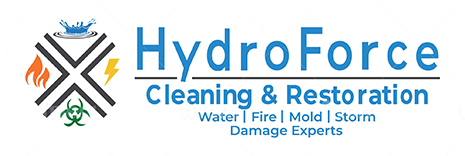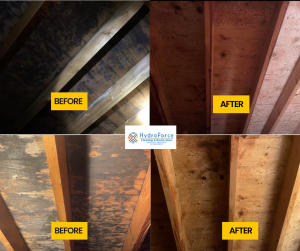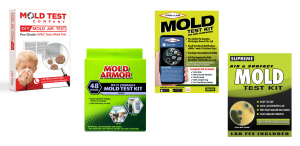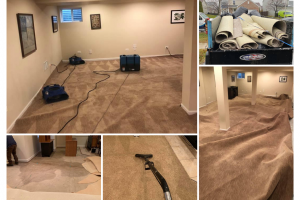How to Test Yourself for Mold Exposure
Home » How to Test Yourself for Mold Exposure
When residing in a home that is infested with mold, it is important to test for mold exposure. Serious health conditions, like mold toxicity, can result upon breathing in mold. Homeowners who are concerned about mold exposure should get themselves tested at a doctor’s office.
How common is mold?
Mold is naturally occurring fungi that is prevalent in the environment. The spores eat away at decayed materials, like dead trees and leaves, thereby supporting the important process of decomposition. Mold requires few nutrients to survive, making many places habitable spots.
Three nutrients are necessary to support mold colonies: a constant water source, organic materials, and darkness. A dripping water pipe produces enough moisture to feed spores. Organic materials range from clothing to carpets and drywall. When these nutrient sources combine with darkness, mold thrives.
Water damaged homes, thereby, are most susceptible to mold outbreaks. Mold colonies can develop within as little as 24 to 48 hours after exposure to moisture. Under consistently damp conditions and with a nearby food source, mold spreads rapidly and infests the home.
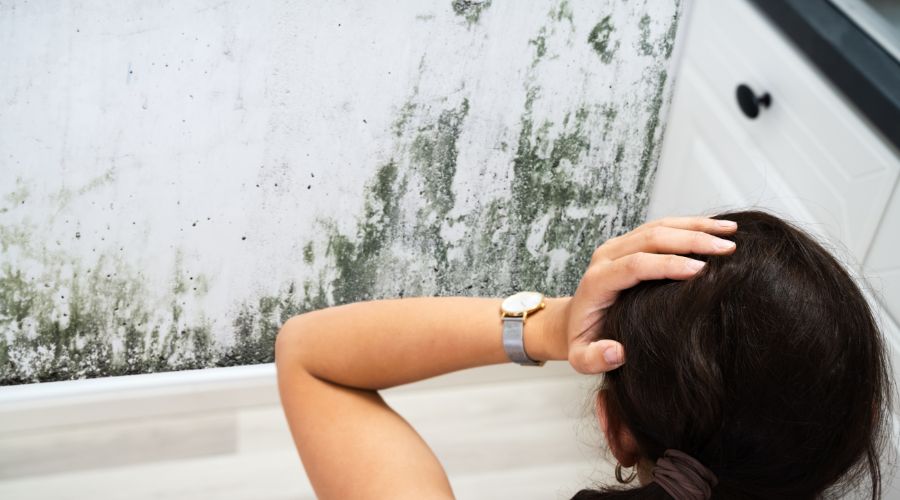
What is mold toxicity?
Of the 100,000 species of mold, some are more harmful than others. Mold emits mycotoxins, which are toxins that mold spores naturally produce. Sensitive individuals who are exposed to mold and are unable to eliminate the mycotoxins from their bodies experience mold toxicity.
The mold toxicity that results when the body is unable to rid itself of the mycotoxins damages the body’s systems. Mold toxicity is also known as mold illness or Chronic Inflammatory Response Syndrome (CIRS). Airborne mold spores can enter a person via their skin, respiratory tract, or GI tract.
Who is most vulnerable to mold toxicity?
Mold toxicity mostly affects people who are especially sensitive to mold. Not everyone experiences symptoms of mold illness or reacts, though all individuals are exposed to mold and its mycotoxins. Certain factors or conditions must be present in order for symptoms to appear.
Mold toxicity affects individuals who have a family history of asthma or allergies. People who are diagnosed with asthma, chronic obstructive pulmonary disorder (COPD), or other respiratory conditions are likely to be sensitive to mold and may experience mold illness.
High exposure to mold spores through the environment can lead to mold toxicity. This occurs in industries, such as carpentry, greenhouses, and millwork, where mold concentrations are highest. Similarly, working in a building exposed to high moisture levels increases the risk.
Living in a home with high humidity levels (above 50%) encourages mold and mold illness. Damp areas, such as bathrooms, are prone to mold growth. When windows and doors are tightly sealed, they can trap moisture and block the ventilation needed to prevent mold.
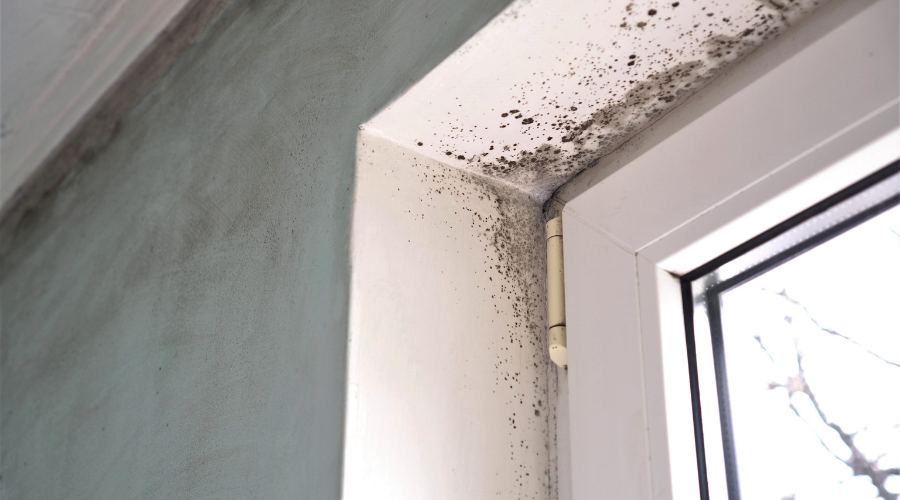
What are symptoms of mold toxicity?
People who develop mold toxicity show several symptoms. Some common mild symptoms are coughing, wheezing, shortness of breath, and sore throat. Affected individuals may experience runny noses, watery eyes, and sinus congestion. Others suffer asthma attacks, nosebleeds, and skin rashes.
Severe symptoms can occur, especially in immune-compromised people. These include brain fog, fatigue, changes in mood, and headaches. Individuals may suffer memory loss, liver and kidney issues, and digestive issues. Mold toxicity symptoms can overlap with existing health conditions, making diagnosis difficult.
How do individuals test themselves for mold exposure?
Experiencing symptoms of mold illness, whether mild or severe, should prompt individuals to test themselves for mold exposure. Testing is also recommended when mold is smelled or seen in the home. Musty scents may emerge or staining on walls may develop—both signs of mold growth.
A physician can order tests to determine if mold toxicity is present. Inflammation occurs alongside mold toxicity. Respiratory disease often results when mycotoxins are prevalent indoors and act as pro-inflammatory mediators. A mycotoxin test can be performed to check for toxins in the urine.
Alternately, a blood test might be ordered at the doctor’s office. The blood sample is taken and sent to a laboratory to measure the number of antibodies present in the bloodstream. The count of antibodies indicates the immune system’s sensitivity to various mold species.
How do homeowners address a mold infestation?
The first line of treatment after mold illness is to reduce exposure to the indoor mold. Homeowners must locate and repair the moisture source, without which mold cannot flourish. This may mean fixing a roof leak, a leaky pipe, or improving the home’s ventilation.
Maintaining ideal humidity levels in the home is also key to preventing mold growth and alleviating existing mold illness symptoms. Humidity levels should be kept lower than 50 percent. Be extra-cautious during the summer months and in humid climates.
Mold Remediation Services

Eliminate an existing mold infestation with professional help from HydroForce Cleaning & Restoration, an efficient, local mold remediation company. We provide thorough mold removal services in residential homes and commercial properties, returning them to a clean, habitable, and mold-free condition.
Our highly skilled team of technicians arrives quickly to assess the extent of mold growth and develop a mold remediation plan. We contain the affected spaces to prevent cross-contamination to other parts of the home or business. Specialists begin the cleanup process by first fixing the water source.
Removing mold spores in the air is a central part of our process. We run HEPA filtration equipment to clean the air and filter mold spores. When mold infests surfaces, our techs use HEPA vacuums and cleaning products to remove the spores and stains.
Anti-microbial solutions are applied to further treat affected areas. Any unsalvageable building materials are properly disposed of. The property is thoroughly dried, air quality is tested, and a final inspection is performed. We work with your property insurance company to accelerate claims.
HydroForce Cleaning & Restoration is Chicagoland’s first choice for quality and efficient mold removal. As a comprehensive service, we remove hidden and visible mold from your property. Same-day appointments are available for emergencies. Call our Bridgeview, Illinois, office as soon as you spot mold.
Privacy Policy | Terms & Conditions | 630-835-0862
